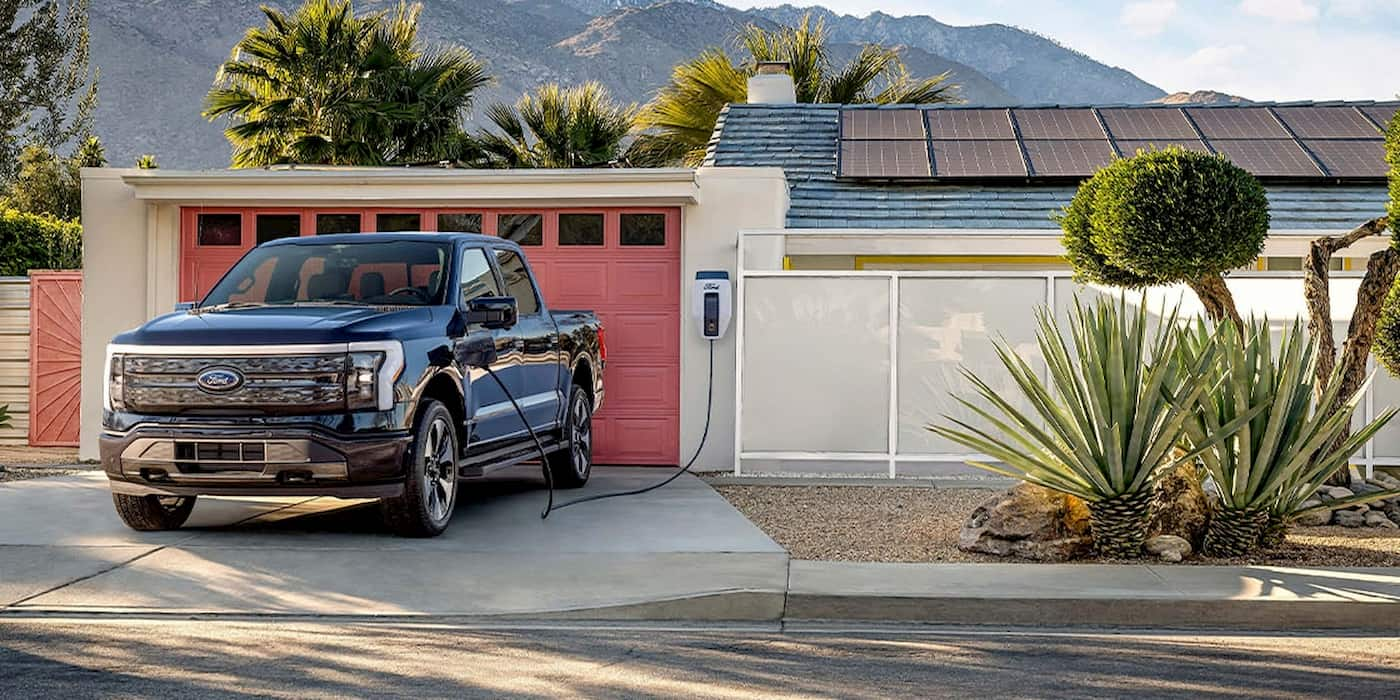Ford, GM, Google, and solar providers unite to showcase the full potential of electric vehicles

In a revolutionary partnership, Ford, General Motors, Google, SunPower, and Sunrun are teaming up to highlight the additional benefits electric vehicles offer beyond producing zero emissions.
The post Ford, GM, Google, and solar providers unite to showcase the full potential of electric vehicles appeared first on Electrek.
In a revolutionary partnership, Ford, General Motors, Google, SunPower, and Sunrun are teaming up to highlight the additional benefits electric vehicles offer beyond producing zero emissions.
Electric vehicles are rolling out at a record pace as consumers’ preference for zero-emission electric cars soars. Nearly every automaker – new and legacy – is selling electric vehicles as fast as they are making them, with most experiencing significant backlogs.
Why is this? Research has shown that pure EVs are better for the environment with zero tailpipe emissions.
The enhanced driving experience also captures new EV drivers, leaving them to never look at a gas-powered vehicle the same. With instant acceleration and a smooth ride, it’s no wonder people are switching to electric vehicles at a historic rate.
Meanwhile, electric vehicles offer more than just a thrilling, zero-emission drive experience. EVs can essentially serve as backup energy sources with large, powerful batteries.
Contrary to what many claim, EVs can help stabilize the energy grid. Some automakers offer bidirectional charging capabilities or vehicle-to-grid (V2G), allowing energy to be sent from the EVs battery to the grid and vice versa.
Other companies have teamed up to take this idea a step further in what’s called a virtual power plant (VPP). VPPs use the concept of “V2G” on a mass scale, drawing from many EVs and other clean energy devices.
When combined with other clean energy assets like solar energy or smart controlled electric heaters, the results can be multiplied. By drawing power from these clean energy devices during peak electricity demand, users can save money on energy costs and even more with incentives from utility providers.
RMI, a nonprofit organization focusing on accelerating the clean energy transition, in a press release Tuesday, announced it would host the Virtual Power Plant Partnership (VP3).
VP3 works to shape policy to support scaling VPPs, helping to advance affordable, reliable electric sector decarbonization.
VPPs are poised for explosive growth this year after new incentives from the Inflation Reduction Act (IRA) make these clean energy devices (like electric vehicles and solar energy panels) more affordable.
Mark Bole, GM’s VP and head of V2X and battery solutions, said:
Virtual power plants present an exciting opportunity to unlock additional value for homes, businesses and communities, helping to drive greater energy independence and grid decarbonization.
By 2030, VPPs can reduce peak power demand in the US by 60 gigawatts (GW), lowering annual power sector costs by $17 billion, according to RMI. The VP3 partners, including Ford, GM, Google, Sunrun, SunPower, and others, will focus on documenting the benefits, developing best practices, and shaping policy development to promote VPP use going forward.
FTC: We use income earning auto affiliate links. More.
